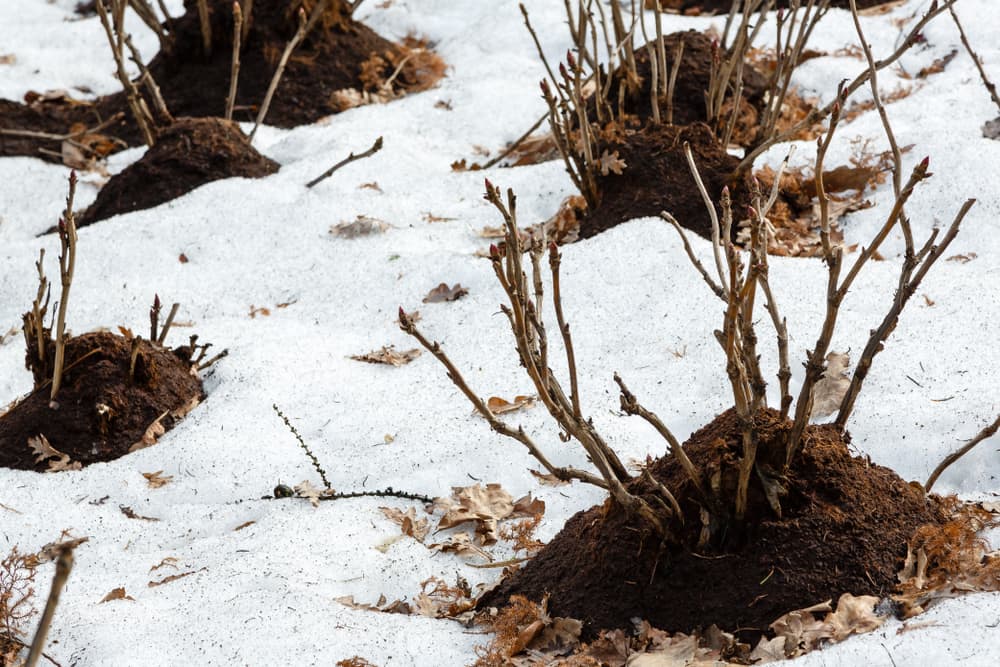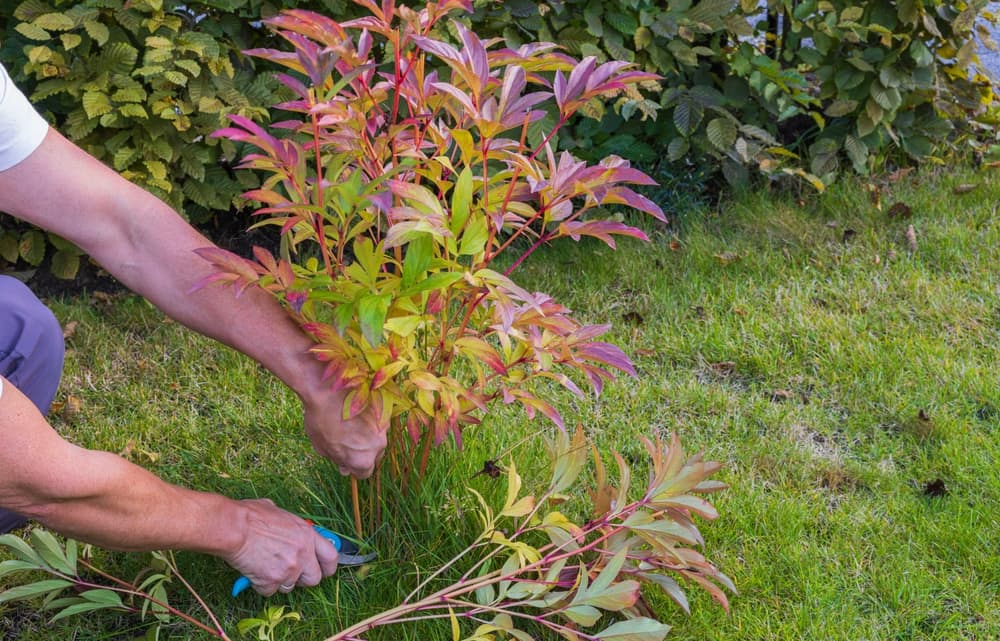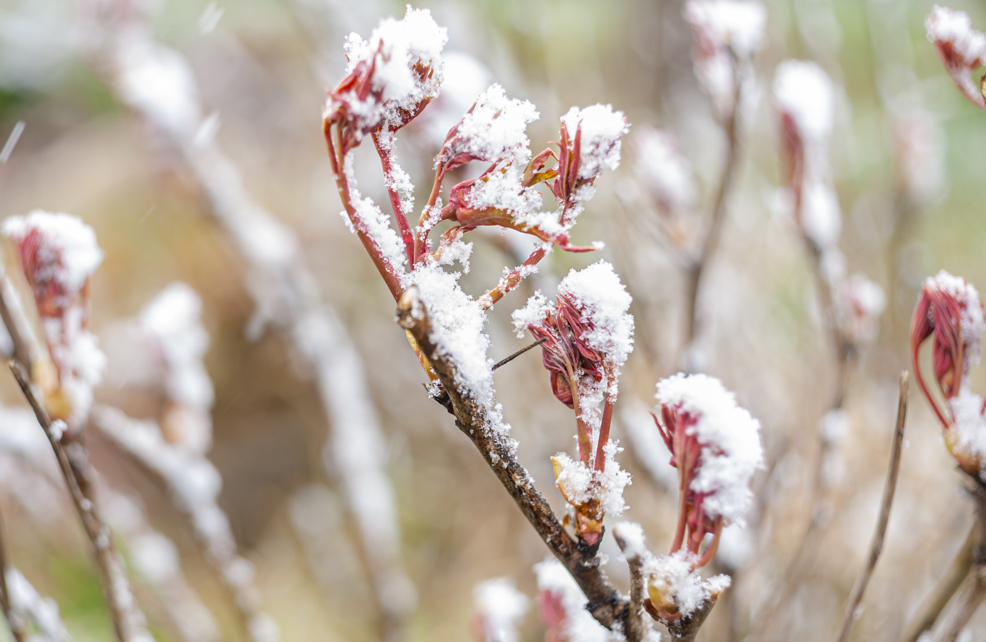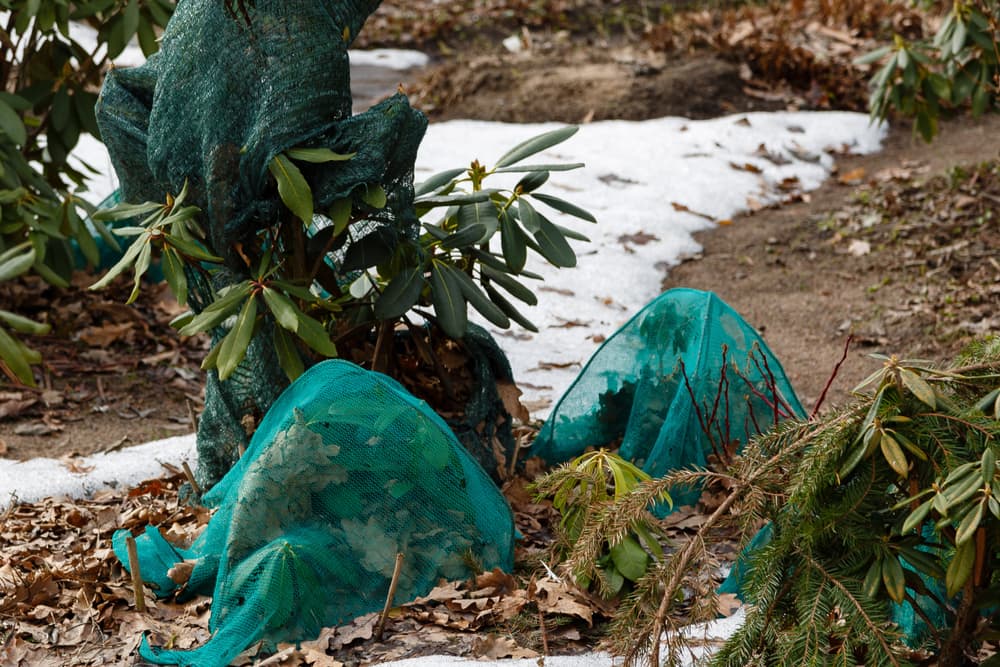Preparing Peonies For Winter? ‘Take Care Of One Key Job’ Says Kate Blacker

PERENNIALS > PEONIES > OVERWINTERING

Elizabeth is a Permaculture Garden Designer, Sustainability Consultant and Professional Writer, working as an advocate for positive change. She graduated from the University of St. Andrews with an MA in English and Philosophy and obtained a Diploma in Applied Permaculture Design from the Permaculture Association.
Reviewed By COLIN SKELLY

Colin is a Horticulturist and Horticultural Consultant with experience in a range of practical and managerial roles across heritage, commercial and public horticulture. He holds the Royal Horticultural Society’s Master of Horticulture award and has a particular interest in horticultural ecology and naturalistic planting for habitat and climate resilience.
Contributions From KATE BLACKER

With 15 years of experience growing peony flowers, Kate is the Owner of the specialist nursery Little Budds Peony Farm. Kate specialises in the cut flower market and is known for her very large blooms.
IN THIS GUIDE
PEONY GUIDES
Companion Planting
Container Growing
Overwintering
Planting
Pruning
Support
Tree Peonies
Varieties
Peonies are perennials which can be a great choice for many UK gardens.
They come in a wide range of flower colours and can vary quite a lot in other things, like size and foliage, too.
Even though peonies do require care, when it comes to how to look after peonies in the winter, you will find that they are relatively undemanding.

Although peonies can differ in their hardiness, almost all are fully capable of making it through the winter months in our climate entirely unscathed.
They usually die back over winter, entering full dormancy, before they spring back into full life in the spring.
Read on to learn a little more about getting your peonies ready for winter and protecting emerging foliage and flower buds from late frosts.
Preparing Herbaceous & Intersectional Peonies
In order to keep herbaceous and intersectional peonies in good health, it is important to take care of one key job before winter well and truly arrives.
“In the autumn, we advise taking away any of the dead stems, as this is where botrytis can overwinter and cause damage to the new spring growth,” explains Kate Blacker, a peony grower and owner of Little Budds Peony Farm.
These peonies should be pruned back to the ground as soon as the foliage dies back in autumn.

As Kate says, this is a good idea because the dead foliage can harbour fungi and other micro-organisms which can increase the chances of disease taking hold the following year.
“If botrytis has been a problem, try a thick mulch layer of woodchips,” shares Master Horticulturist Colin Skelly.
“This has the effect of reducing the splashback from soil which helps to spread fungal spores. It is also great for moisture retention and the slow breakdown of organic matter and nutrients.”
Peony wilt is another problem which can occur if you do not chop back and remove all the dead foliage and dispose of it carefully before winter arrives.
Preparing Tree Peonies
Tree peonies typically do not need much pruning at all.

These shrubs should, however, be checked over in winter for dead or damaged branches and these should be cut back to a healthy bud.
Some tree peonies have vigorous, upright stems.
To control the size of these once they are mature, it can be a good idea to consider removing some of the oldest stems at ground level in the autumn.
Protecting From Late Frosts

While most peonies are fully hardy when dormant over the winter months, some tree peonies may have tender young growth of leaves and buds in spring which can be damaged by late frosts.
If a late frost threatens, you may protect this new growth with a covering of horticultural fleece.
